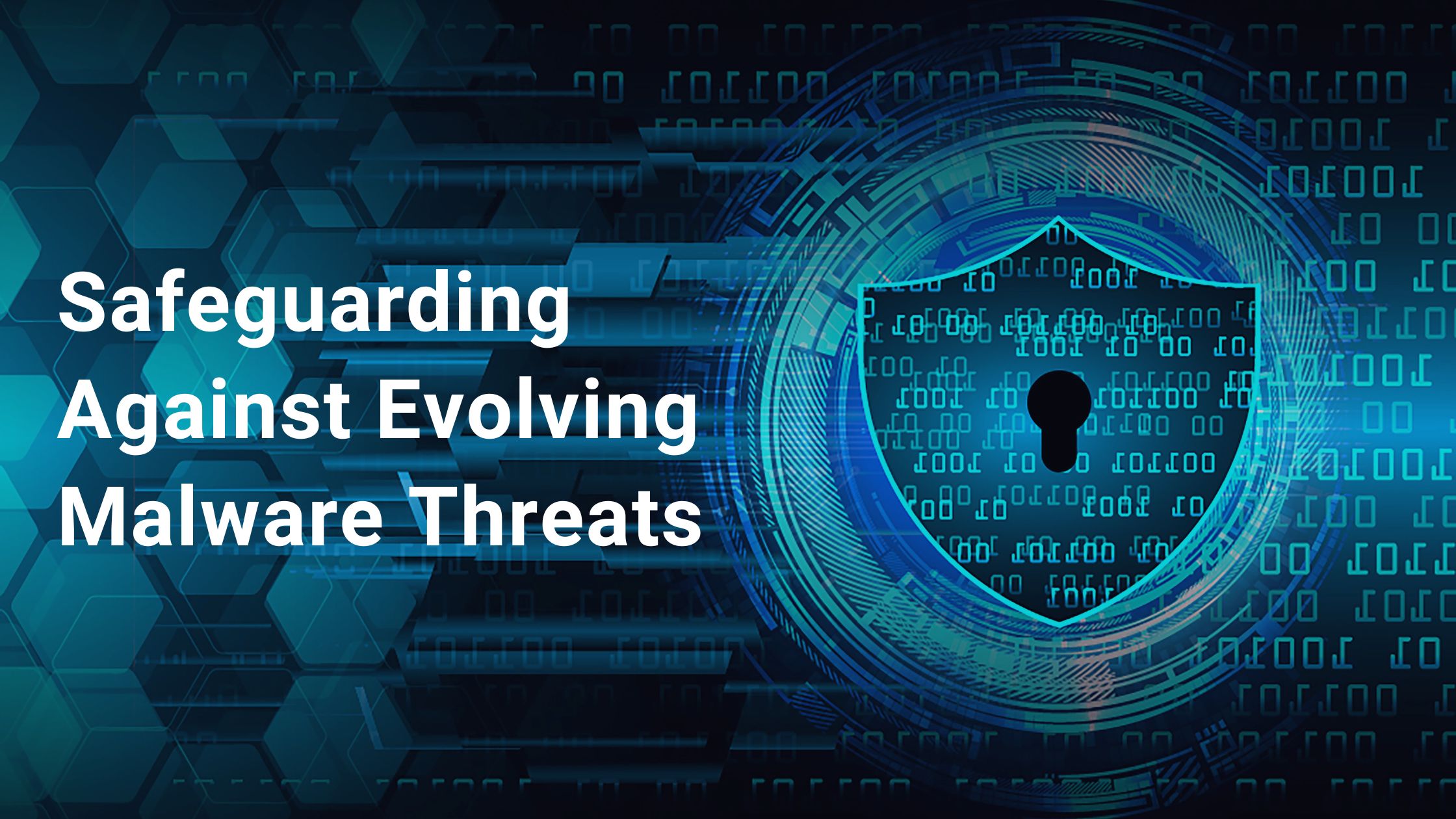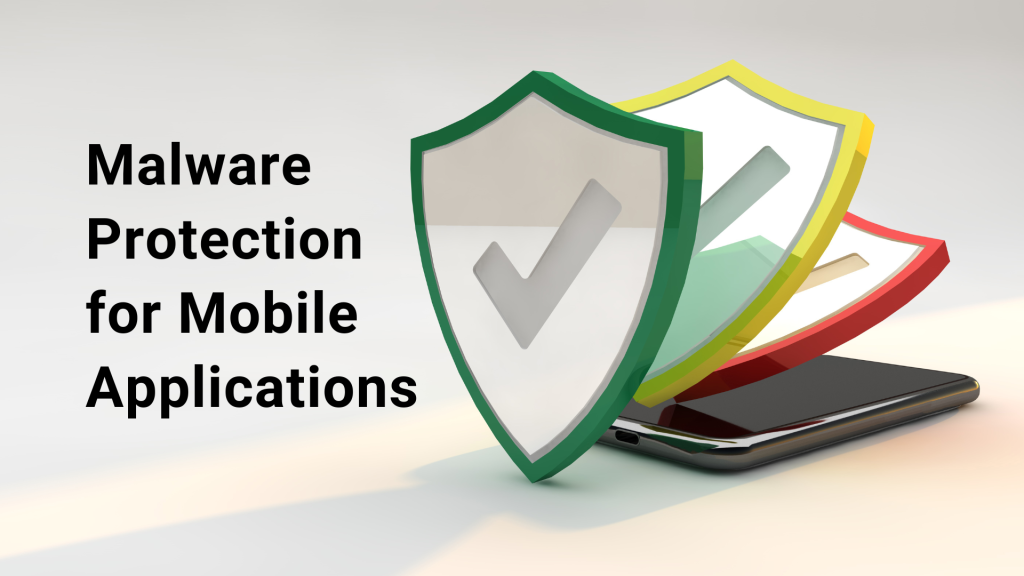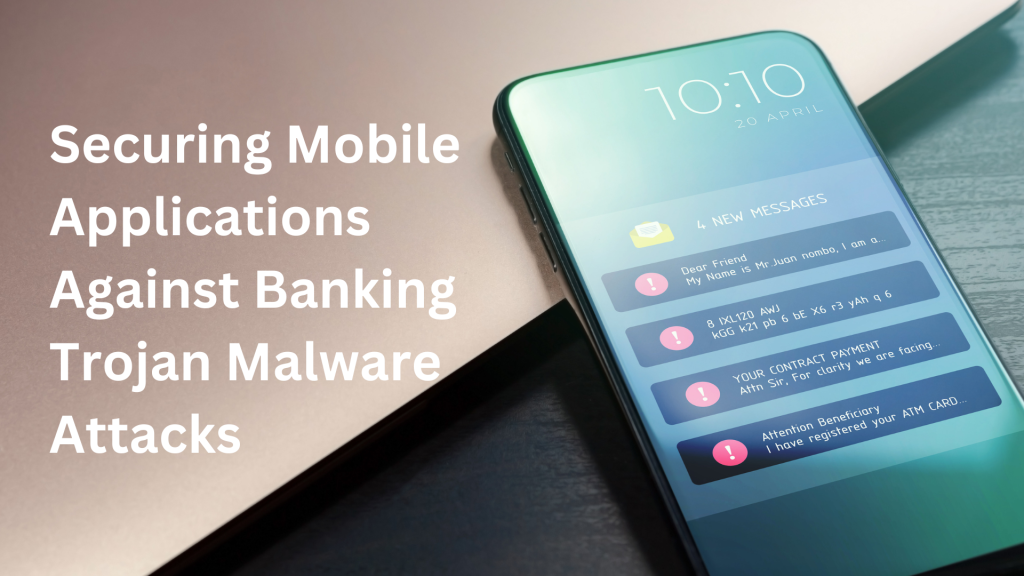
Safeguarding Against Evolving Malware Threats
As technology continues to advance, so does the sophistication of malware threats, posing significant risks to organizations. Malicious software has become a formidable weapon in the hands of cybercriminals, capable of causing significant damage to organizations of all sizes. Throughout this article, we will explore the current landscape of malware trends, focusing on common types such as ransomware, spyware, and trojans. We will also delve into the risks faced by mobile users in Southeast Asia, and discuss potential solutions to protect against these evolving threats. We will highlight the impact of malware attacks in the region, referencing specific examples that emphasize the need for enhanced security measures. Additionally, we will introduce SecIron’s comprehensive suite of solutions, designed to help organizations safeguard against these threats.Understanding Modern Malware
Malware, short for malicious software, is dangerous software that can disrupt computer systems, networks and devices, giving cybercriminals access to sensitive information such as login credentials, personal and financial data. This allows them to bypass security measures and carry out banking Trojan attacks that result in financial losses, damage to brand reputation, and increased liability and regulatory risks. Today’s malware is highly adaptable and uses advanced techniques such as polymorphism, encryption and social engineering to evade detection and compromise systems. It is important for organizations to have a thorough understanding of these different types of malware and their potential impact on their infrastructure.Malware Landscape in Southeast Asia (SEA)
Malware attacks are a growing concern in Southeast Asia (SEA), with countries like Malaysia, Thailand, and Indonesia being particularly vulnerable. For example, in a report from 2021, it was revealed that Indonesia logged the highest number of foiled mobile attacks from January 2020 to June 2021, followed by Malaysia and Thailand. Furthermore, Indonesia ranked third worldwide in terms of mobile malware detected. These statistics highlight the significant threat posed by malware in the region and emphasize the need for organizations to prioritize cybersecurity measures.The Rising Threat of Ransomware
Ransomware has emerged as one of the most significant malware threats in recent years, and Southeast Asia has not been spared from its impact. A report claims that 67% of businesses in Southeast Asia have acknowledged being the target of ransomware attacks. These attacks have caused severe financial and operational disruptions for organizations across the region. In July 2021, the Malaysian Employers Federation (MEF) experienced a ransomware attack that resulted in its systems and servers being down for three days, with its accounting data encrypted. This attack not only led to financial losses but also had a detrimental effect on the company’s reputation and credibility. These instances highlight how crucial it is to safeguard against Southeast Asian ransomware attacks. These examples underscore the urgency of protecting against ransomware threats in Southeast Asia.Protecting Against Spyware
Spyware poses a grave threat to user privacy and data security in Southeast Asia. The increasing adoption of mobile devices and internet connectivity in the region has made users vulnerable to gathering sensitive information such as passwords and credit card details. For example, a study by Kaspersky revealed that mobile apps accounted for up to 50% of exposures to stalkware, a type of spyware that allows unauthorized access to a victim’s device and tracks their activities. Several incidents in Southeast Asia have highlighted the severity of the issue. In one instance, senior Indonesian government and military officials were targeted with spy software designed by an Israeli surveillance firm. This incident raised concerns about privacy, communication security, and the potential exposure of sensitive information. Similar incidents have occurred in Thailand, where activists were targeted by phone spyware, compromising their privacy and potentially exposing sensitive information. In Malaysia, a significant incident involved the discovery of SMSSpy malware, capable of viewing SMS messages and obtaining TAC numbers used for internet banking transactions. This incident highlighted the risks associated with mobile banking and the need for stronger defenses against spyware attacks. Securing Against Trojans and Adware Trojans and adware pose prevalent threats in Southeast Asia, with cybercriminals employing deceptive tactics to target users in the region. Banking trojans, in particular, have gained popularity among attackers. For example, the Fleckpe Android trojan has actively infected many mobile devices in Asia via Google Play, targeting victims’ sensitive information, such as banking credentials. Adware, on the other hand, has been widely observed across Southeast Asia, with users encountering unwanted advertisements and unknowingly sharing their data. To effectively protect against trojans and adware, organizations need robust security measures in place.Protecting Your Business from Malware with Defense-in-Depth Strategies from SecIron’s Advanced Solutions
It is crucial for individuals and organizations in Southeast Asia to recognize modern malware threats and implement robust security measures. SecIron provides end-to-end solutions, specialized in mobile app security, to mitigate these attacks. SecIron’s comprehensive defense-in-depth strategy, coupled with advanced endpoint protection, helps detect and eliminate trojans and adware, safeguarding organizations’ infrastructure. For example, SecIron’s IronWALL solution uses advanced algorithms to detect and prevent ransomware, spyware, and trojan attacks before they cause damage. It also employs secure-keyboard technology to protect against keyloggers and unauthorized access. Regular security assessments and audits conducted with SecIron’s IronSCAN solution can identify vulnerabilities and ensure compliance with industry standards and regulations.Closing Thoughts
As malware threats continue to evolve, organizations in Southeast Asia must remain vigilant and proactive in protecting their systems and data. The impact of malware attacks on businesses of all sizes and industries is significant. By understanding the different types of malware, their potential impact, and implementing practical tips and strategies for protection, organizations can minimize the risk of a malware attack. Cybersecurity is an ongoing journey, and by partnering with SecIron and utilizing comprehensive security solutions, businesses can enhance their defenses and stay one step ahead of cybercriminals, ensuring the protection of their systems, networks, and data. Sources:- Cybersecurity leads boardroom agendas among ASEAN organisations in light of pandemic-induced shifts: https://www.paloaltonetworks.sg/company/press/2022/cybersecurity-leads-boardroom-agendas-among-asean-organisations-in-light-of-pandemic-induced-shifts-malaysia
- Mobile malware growing within Asean: https://www.bangkokpost.com/tech/2175863/mobile-malware-growing-within-asean
- The State of Southeast Asia ransomware attacks:https://news.sophos.com/en-us/2021/04/27/the-state-of-ransomware-2021/
- Businesses in Southeast Asia acknowledged being target of ransomware attacks: https://techwireasia.com/2022/08/67-of-businesses-in-sea-found-themselves-as-victims-of-ransomware-attacks/
- Malaysian Employers Federation (MEF) ransomware attack: https://www.thesundaily.my/home/tackling-the-ransomware-risk-to-enterprises-in-malaysia-FC8631557
- Mobile apps accounted for up to 50% of exposures to stalkware: https://www.kaspersky.com/blog/stalkerware-in-2021/44093/
- Senior Indonesian government and military officials were targeted with spy software: https://www.reuters.com/world/asia-pacific/exclusive-senior-indonesian-officials-targeted-by-spyware-last-year-sources-2022-09-30/
- Activists were targeted by phone spyware: https://www.nst.com.my/world/world/2022/07/814455/30-thai-activists-targeted-phone-spyware
- The discovery of SMSSpy malware in Malaysia: https://techwireasia.com/2022/06/another-major-bank-warns-cybercrime-explicitly-targeting-android-users-in-malaysia/
- Fleckpe Android trojan infected many mobile devices in Asia via Google Play: https://www.securityweek.com/new-android-trojans-infected-many-devices-in-asia-via-google-play-phishing/
Related post

Safeguard your mobile apps from malware and other malicious threats with comprehensive malware protection solutions for mobile applications.

Learn to protect your mobile applications from banking trojan malware attacks with the latest security solutions.
Ready to launch a secure app?
WE CAN HELP!

Ananya
Making Your Security
Project A Success!
By filling out this form, you opt-in to receive emails from us.
Categories
- Blog (26)
- Latest News (4)
- Success Stories (4)
- Whitepapers & Guides (3)
Recent Posts

Mobile App Security Trends and Strategic Solutions in 2025
November 18, 2024
Protecting Mobile Apps with Strong Threat Detection Solution
November 7, 2024Recent Comments
No comments to show.
Tags
There’s no content to show here yet.
Recent Posts
- Top Mobile App Security Threats and How to Mitigate Risks in Mobile Banking
- Mobile App Security Trends and Strategic Solutions in 2025
- Protecting Mobile Apps with Strong Threat Detection Solution
- Protecting Mobile App from Threats with Application Hardening
- Enhancing Mobile Banking Security to Combat the Rising Threat of Malware in Malaysia

